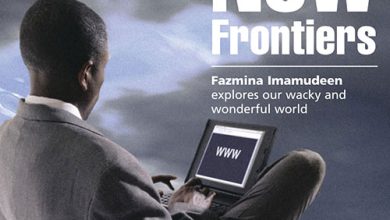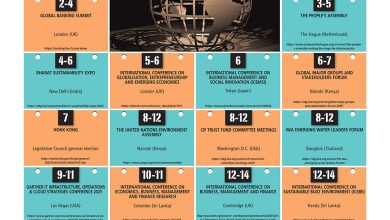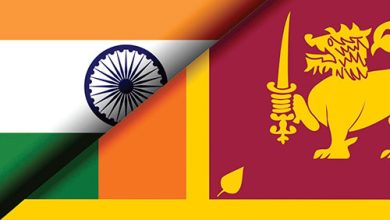DISASTER MANAGEMENT
TECH DUMMIES ARE A DISASTER
Amantha Perera is appalled by the abject failures of Sri Lanka’s disaster management regime

On 29 November, a slew of messages were exchanged over social media. This is of course not unusual since Sri Lankans are avid users of social media. According to Facebook, by the end of December there were 6.1 million monthly active users – that is a humongous number for an island that is home to some 21 million people!
What was unusual about the messages in November is that some of them warned of an impending storm. Startled by this news, some of the recipients began checking official outlets and international weather channels like AccuWeather, which were warning of a storm that could hit the western plains of Sri Lanka that night.
However, official channels of weather related information were silent. And more importantly, they were whispering on traditional media platforms – yes, in this age of social media.
In fact, the Disaster Management Centre (DMC) did issue a warning at 3 p.m. that afternoon. But even officials admit that it was sent to a select group of recipients consisting of the tri-forces, police, some media institutions, government officials and NGOs. The DMC relies heavily on the military, established media houses (especially electronic media), the police, and other government and non-governmental bodies to disseminate its warnings.
And therein lies part of the problem: the inability and an unwillingness to adapt to modern technology, and over reliance on traditional means of conveying information, have combined to render Sri Lanka’s early warning mechanism extremely feeble.
Nevertheless, in spite of the DMC and Met Department having a social media presence, which was activated following the massive landslide in Aranayaka in 2016, the public largely ignores it since it’s dormant and non-engaging.
While the DMC at least issues daily weather updates on twitter, the Met Department’s predominant message has taken the form of relayed tweets via a bot that shows how many followers it has acquired or lost – and that’s not very helpful to someone who is caught up in gale force winds in the middle of the night.
The DMC has relied on SMS alerts on occasion such as when it sent out text messages last May to residents in parts of the Western Province to alert them about the rising water level in the Kelani River.
But such usage is rare.
People are baffled by the inability of the DMC to use SMS when even the country’s sitting presidents have made it a habit to send mass unsolicited texts to all subscribers on New Year’s day. Specialists have pointed out that the DMC should look at cell-broadcasting technology, which is far less likely to clog network bandwidth.
While the DMC and Met Department have been primeval in their use of social media, the Sri Lanka Red Cross (SLRC) has not. It has become one of the most trusted social media outlets on weather and disaster updates. With its network of islandwide branches, SLRC has been able to mobilise quickly.
But since only the DMC is mandated to issue early warnings, agencies like SLRC have been hampered by the department’s inertia.
There is also a lack of public awareness. Blaming ordinary citizens for their lack of attention to natural disasters is a self-defeating endeavour. What’s required is an engaging communication campaign that doesn’t preach but builds public cooperation instead.
Sri Lanka’s public service is still stuck in pre-colonial era servitude and is miles away from engaging with the public. Furthermore, the DMC’s public communications section appears to dislike criticism.
We should look at countries like Bangladesh, which have not only embraced modern technology but also garnered local grassroots level knowledge.
I was once near the Sundarbans where one village used a massive billboard to announce colour coded warnings. The information is received by
a computer but the operator ensures that the billboard is updated so that even villagers without mobile phone access can see what’s on it. The fishermen in the area also use SMS to communicate information to boats out at sea.
In May last year, when storms battered Sri Lanka and headed to Bangladesh, authorities there were able to evacuate over a million people. Since the Asian tsunami in December 2004, Sri Lanka has performed only one such mass scale evacuation (in April 2012) when the DMC cleared large portions of the coast following a tsunami warning.
For such evacuations to work, public trust in agencies like the DMC and Met Department is paramount – but unfortunately, neither is high on that ladder of trust.
For starters, both should look at the enormous potential that social media holds. According to Facebook, Sri Lanka is home to over a billion points of content on its platforms including FB itself, Whatsapp and Messenger.
To tap into such potential however, these two dour state entities have to undergo a ‘cyber metamorphosis’ of sorts. They cannot act like didactic teachers in school; instead, they must now learn to employ tech savvy PR souls who can engage other users, not shut them out.
The future of communication is the handheld device. And it is a blessing for disaster mitigation if agencies like the DMC can garner public trust and stand out as reliable sources of lifesaving information.
Regrettably for Sri Lankans, that does not seem to be anything like even a possibility in the near future.





